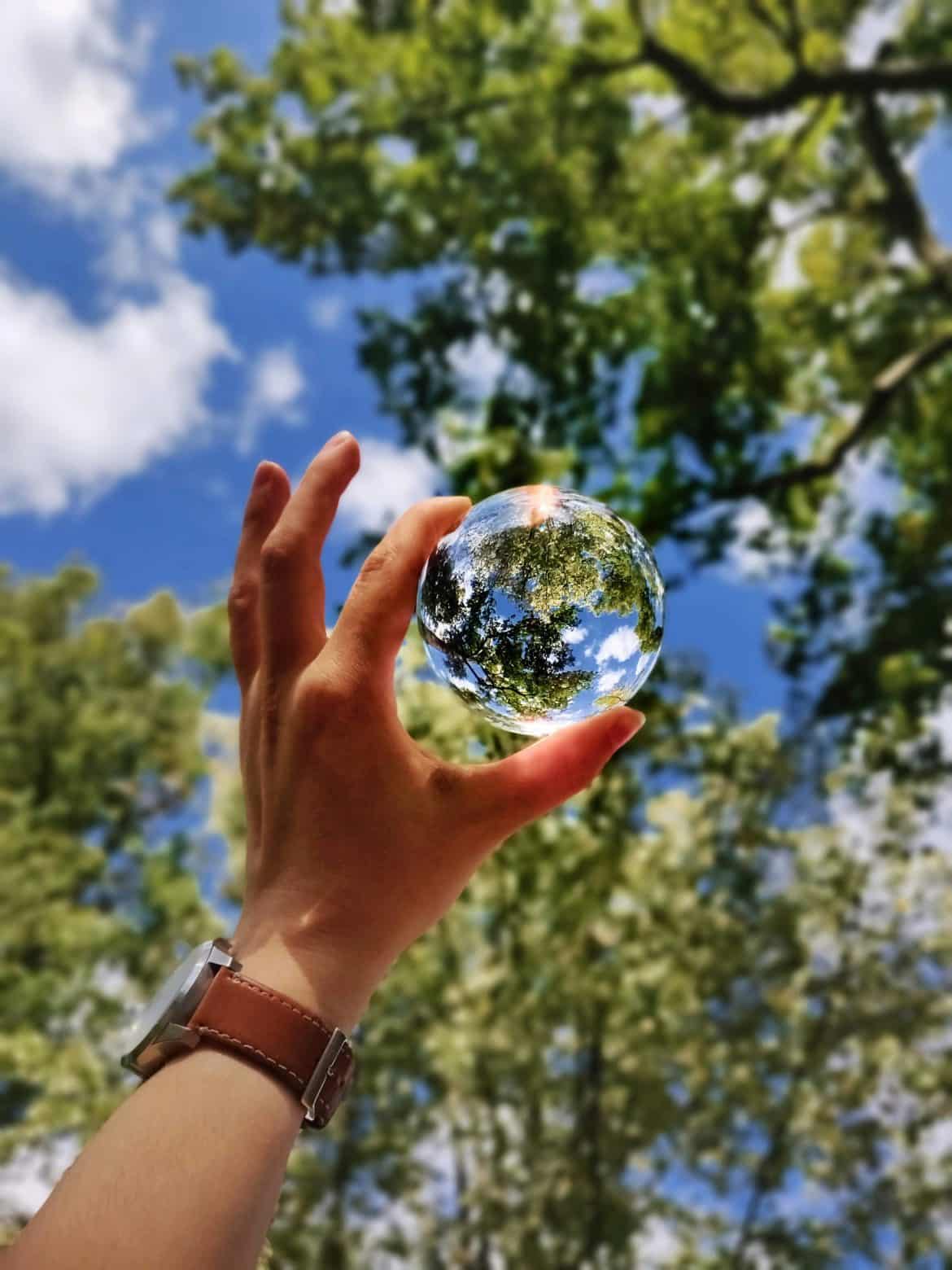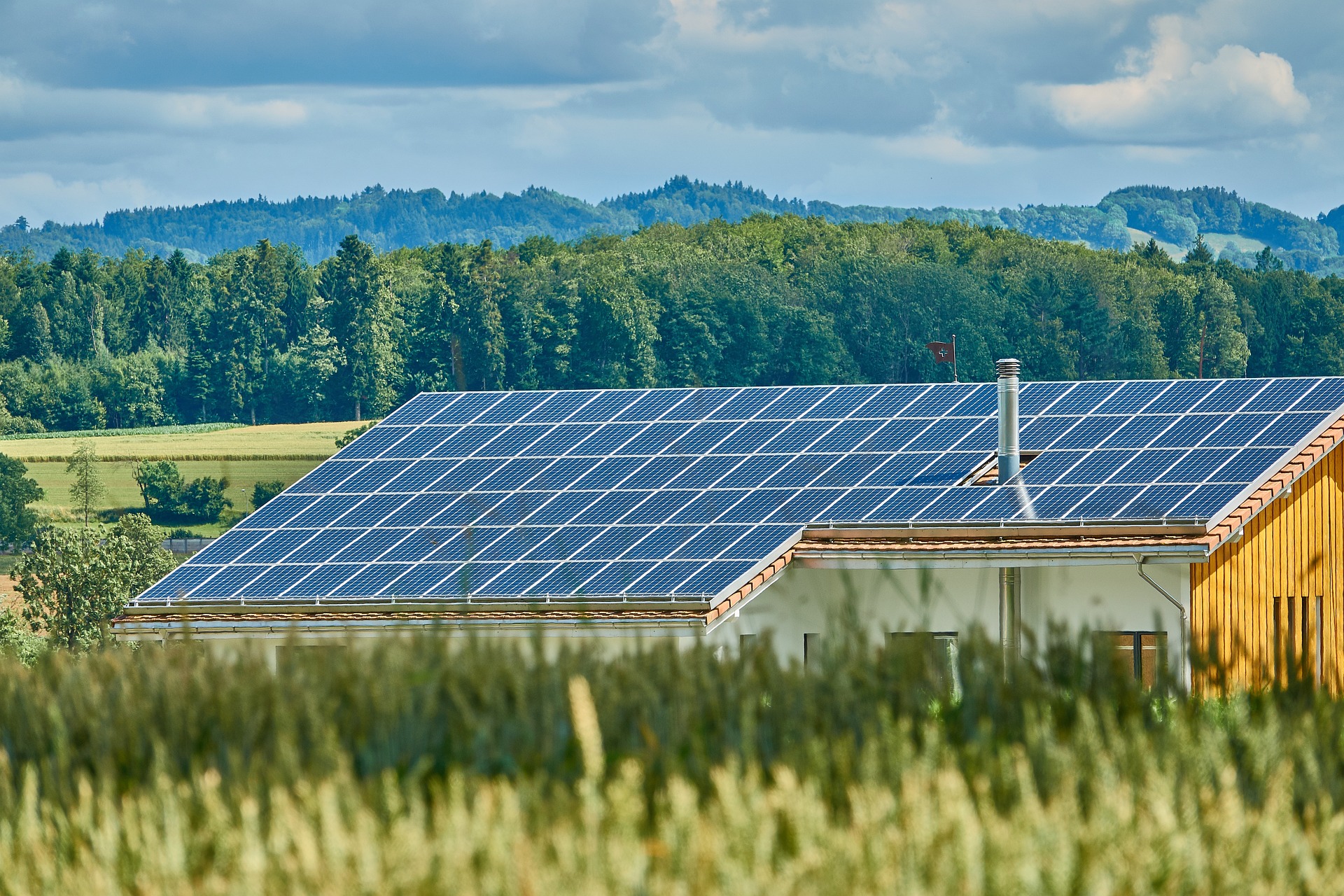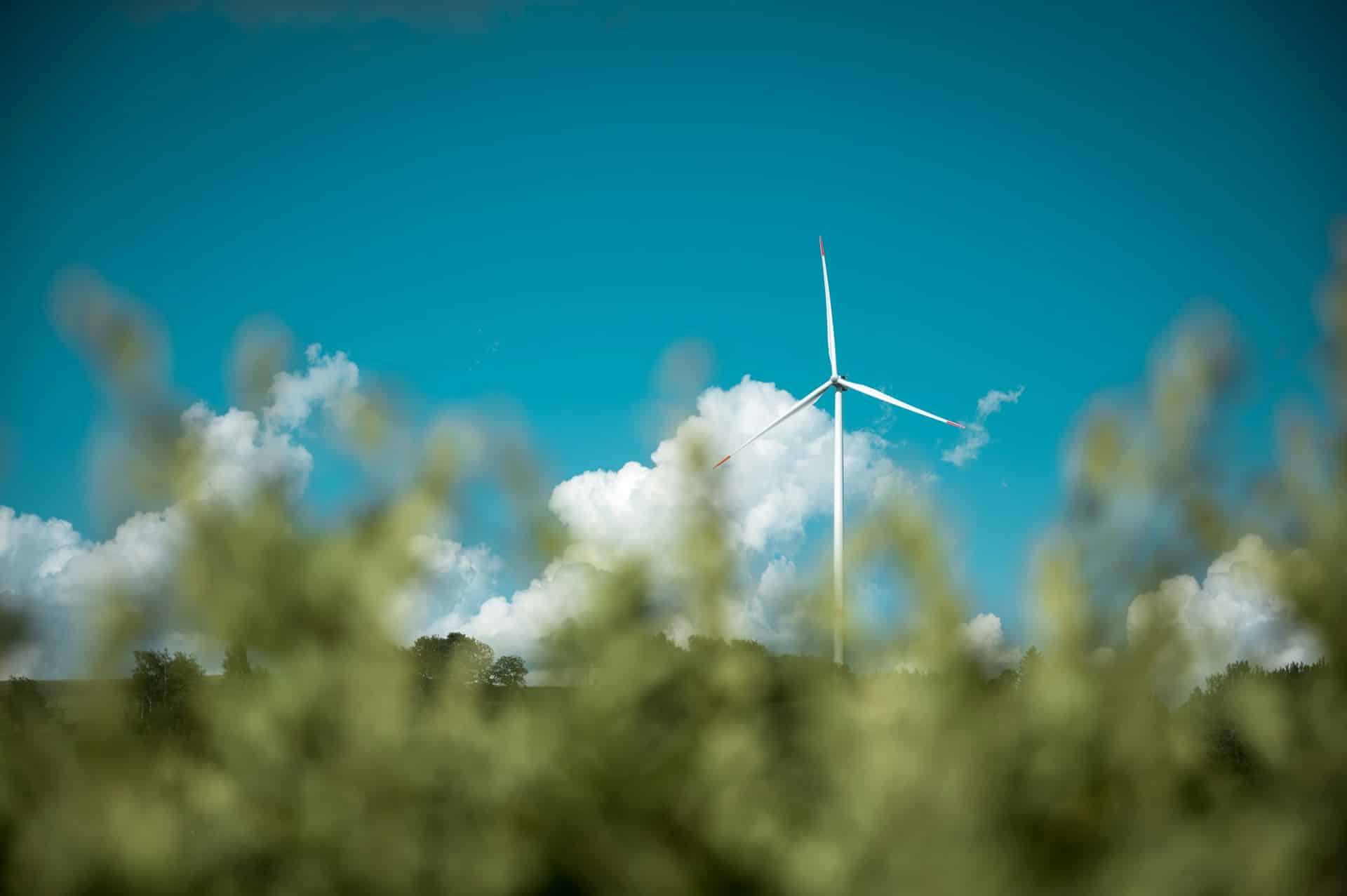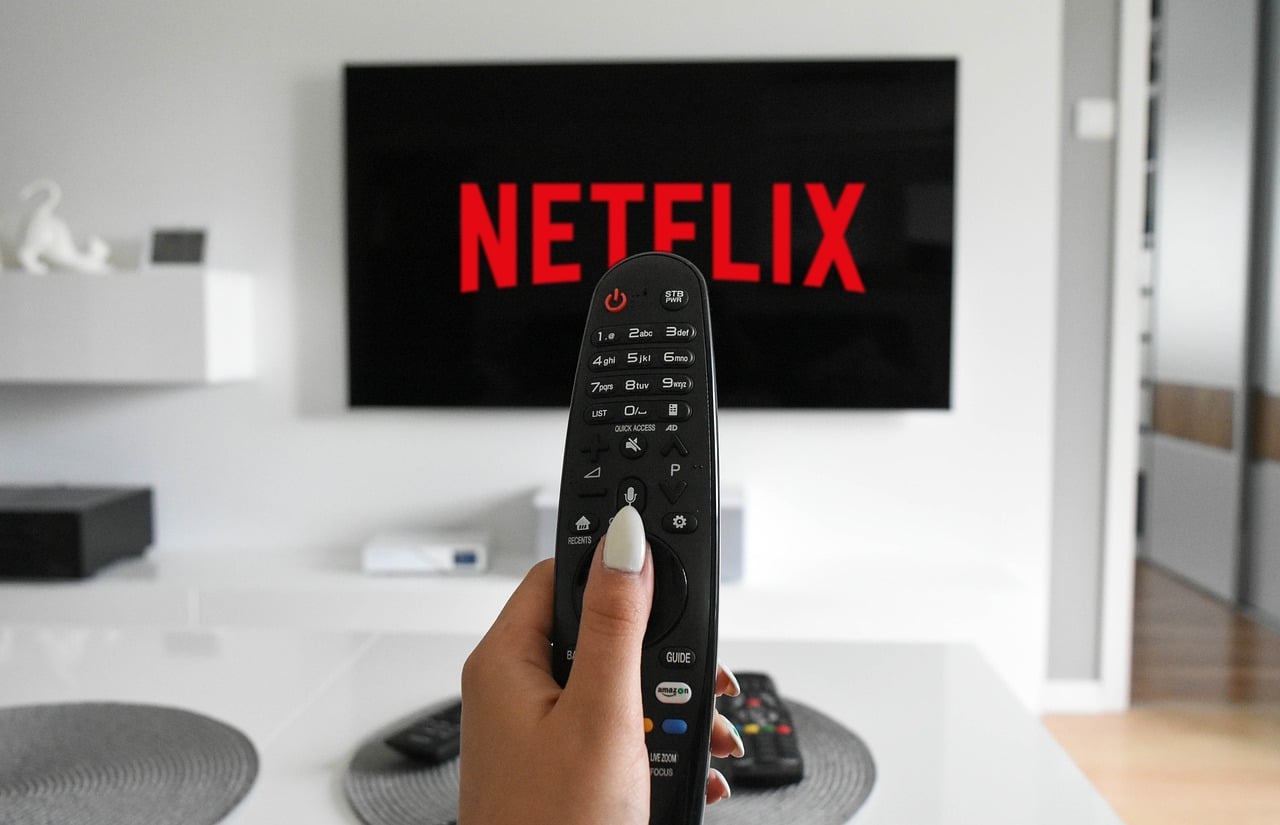In the 1960s, environmental movements were kicked off by Earth Day, which continues to be a key date on the calendar. Of course, the situation we’re now in is far more dire than it was in the 60s, with inaction and cover-ups by the worst polluters causing irreparable damage to the planet. Still, many have taken it upon themselves to do what they can to go greener, and some important gains have been made in recent years.
Improvements Being Made in Energy Consumption
Ultimately, for most people to become greener in their everyday activities, renewable energy needs to be the fuel of public services and be accessible for home use. Green energy providers need to phase out the old guard, essentially.
Ultimately, for most people to become greener in their everyday activities, renewable energy needs to be the fuel of public services and be accessible for home use. Green energy providers need to phase out the old guard, essentially, to achieve net zero emissions.
As we detailed in the Illustrated Tea Cup piece on 2023’s Earth Day, pollution and climate change remain the two biggest issues, and both can be eased by green energy adoption.
The United States is said to now get 21 percent of its electricity from renewable and 19 percent from nuclear, but 60 percent from fossil fuels. In the UK, the National Grid reports that 35.9 percent of electricity comes from solar, wind, biomass, or hydroelectric sources.
Some 23.3 percent is from non-fossil fuels like nuclear energy, which isn’t considered to be renewable. China has announced that nearly 51 percent of its power capacity is from renewables.
Over in the European Union, which is comprised of 27 countries, advancements made in wind and hydropower have enabled electricity to account for over 37 percent of what’s termed as “gross energy consumption,” with nearly 22 percent more coming from nuclear power plants.
Still, there is the ever-persistent issue of state-owned companies like Saudi Aramco and Gazprom, which rank atop the carbon dioxide contributors chart. A core 100 companies are said to be responsible for 71 percent of global GHG emissions, and just 20 contribute one-third.
Green Practices Very Much a Selling Point
While everyone likes and wants to be entertained, modern formats have certainly become more and more energy-dependent. Formats of entertainment that are more eco-friendly and the companies that adopt such practices must be hailed for their efforts as, at their core, most forms of entertainment are superfluous. So, companies that lean towards being green can use that as a selling point.
Perhaps the most important entertainment device in the majority of homes around the developed world is the television. As the quality of TVs has rapidly improved, energy consumption has surged. OLED is said to be more eco-friendly as LED consumes less energy, but that doesn’t stop the LG OLED 4K Smart TV from getting a G energy rating (the lowest rating).
It seems that the preference for making up for this is to incorporate energy-saving options. Developed by the company Sony, the Bravia offers an Eco Dashboard to help save energy. Elsewhere, industries have seen new brands rip up the playbook in a way that inherently makes them more green.
In Las Vegas, casinos are lit up like Christmas trees every night, needing to be visually appealing and to power hundreds of games. Now, there are hundreds of online slots at Betway without the need to fuel a whole venue.
Sure, there are energy consumption costs due to the servers, but players can potentially use renewable energy-charged smartphones to spin any of the most popular slots without being drenched in neon lights around the clock. It’s this process of going digital with products like Mega Moolah and Chambers of Ancients that offers significant cuts to one’s carbon footprint.
One of the biggest names in home entertainment is even taking steps to make its digital offering even greener. Netflix content reaches some 260 million active subscribers around the world. You’ll find many of the top movie night picks like the classic flick Jumanji in some regions, as well as many of their own productions.
To become greener, Netflix stated in 2021 that it’d try to bring its 1.5 million metric tons of carbon footprint down to half by 2030 while investing in carbon capture to be net zero each year.
Beyond home entertainment, many more public venues are skewing towards being sustainable and more eco-friendly. The construction of a sports stadium will rarely be considered a green activity because of what it takes to build it.
Still, the Seattle Kraken has set many new standards, as relayed by Time. The monorail is free to use to discourage driving down, the cookers run on renewably sourced electricity, and even the Zamboni uses water collected from the stadium’s roof.
Gains are being made around the world to get to a much greener future, and the efforts made across the entertainment industry are encouraging, but there’s plenty more to be done.





